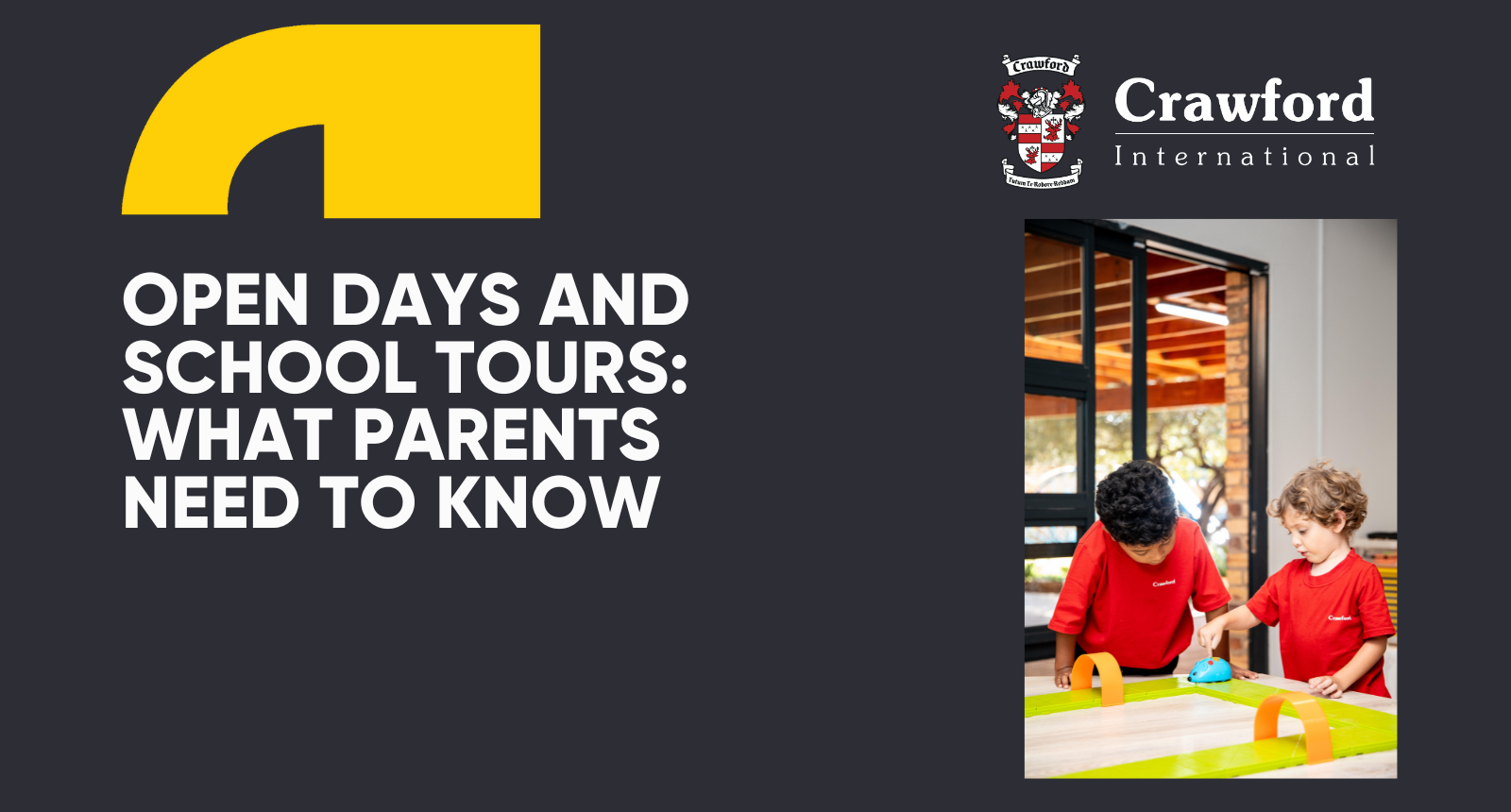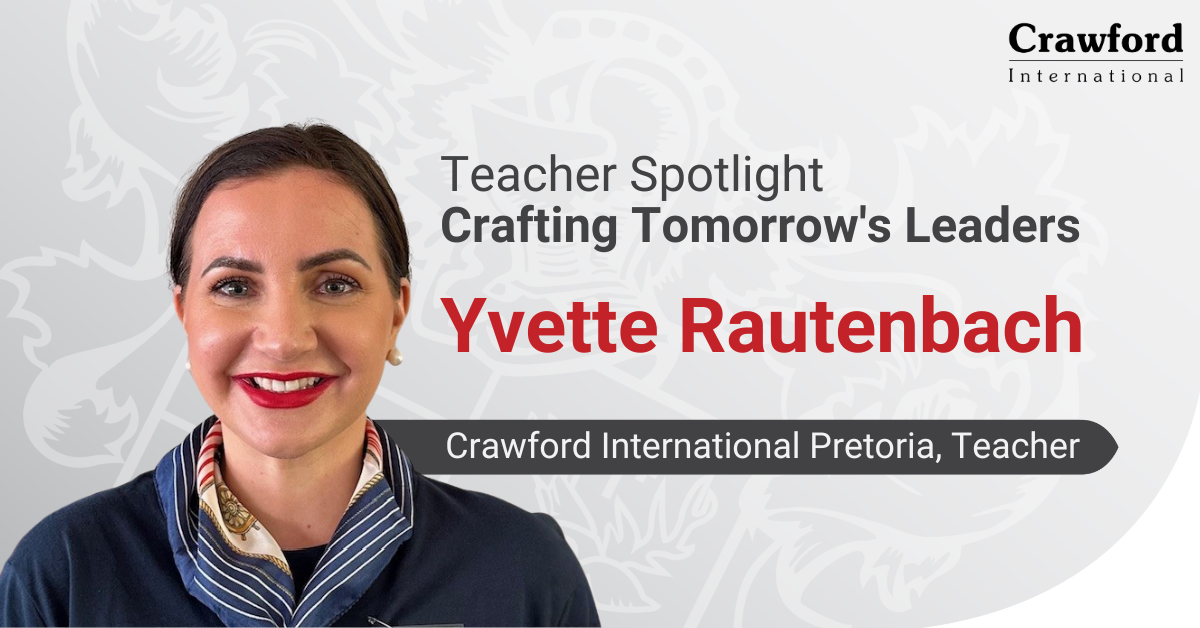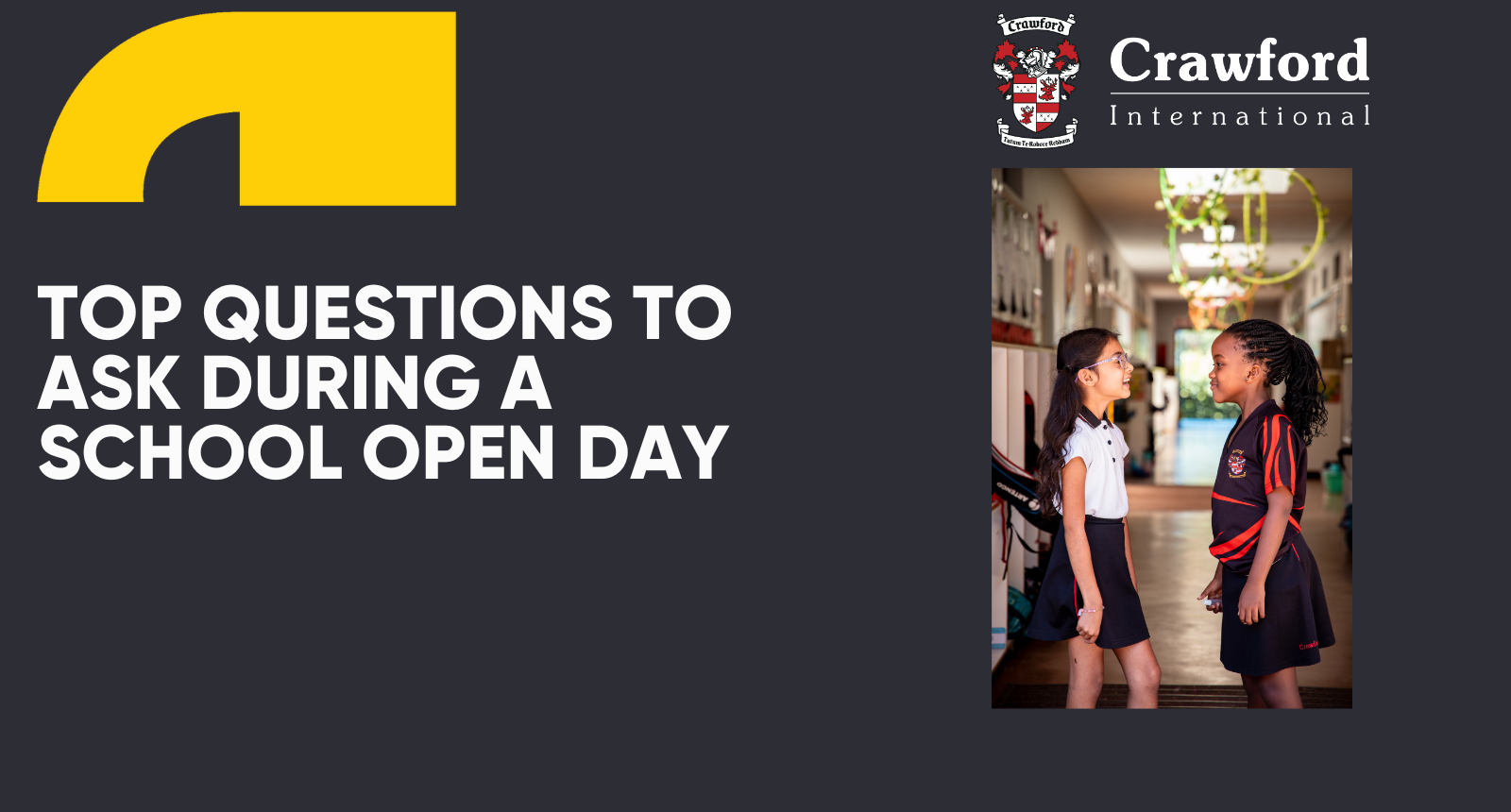How Online and Blended Learning Are Changing Education
June 13, 2025
How Online and Blended Learning Are Changing Education
Education is undergoing a steady transformation, with online and blended learning models reshaping how students engage with content, their teachers and their peers. While the demand for flexible learning has grown over the past decade, recent shifts brought about by the global pandemic accelerated this change, positioning digital integration as a key element of modern education (UNESCO, 2022).
Blended learning combines face-to-face instruction with digital tools and resources, providing students with greater autonomy, adaptability and variety in their daily learning experiences. Online learning, in contrast, offers fully digital delivery which is particularly useful for students who require flexible pacing, remote access or tailored academic support (Horn & Staker, 2015). Both models aim to personalise the learning experience and accommodate diverse student needs.
In many schools, including Crawford International, digital tools are integrated from the earliest phases of education to ensure students develop the skills needed to thrive in an interconnected world. These AI-driven tools include platforms for adaptive learning, real-time collaboration, and digital assessment all of which support a more dynamic and responsive learning environment (Panigrahi, Srivastava & Sharma, 2018).
Teachers are increasingly supported by EdTech to personalise instruction, track progress and provide immediate feedback. This allows for timely intervention and deeper student engagement, particularly in key areas such as mathematics, literacy and the sciences. Research has shown that when used effectively, technology in the classroom can enhance both student achievement and teacher efficacy (OECD, 2020).
Blended learning models also promote essential life skills. Students are regularly practising time management, digital responsibility, and problem-solving competencies that are not always explicitly taught but are critical for both academic and workplace readiness. Exposure to video conferencing tools, cloud-based collaboration platforms and digital content creation gives students a valuable edge in today’s technology-driven world (Anderson, 2020).
Importantly, online and blended learning do not replace the teacher; they redefine the role. Technology allows teachers to dedicate more time to mentoring, facilitating discussions, and guiding deeper conceptual understanding. Students benefit from multimodal engagement learning through videos, interactive simulations, podcasts and curated reading which caters to different learning styles and enhances retention.
As schools adapt to new demands, flexible models like blended learning provide an opportunity to meet students where they are. When implemented with intention and care, these models improve learning outcomes, increase access to resources and empower students to take greater ownership of their education.
In the context of a globalised future, these shifts represent more than a temporary adjustment. They signal a longer-term evolution in how education is delivered, experienced and valued. Whether through fully online formats or blended classrooms, schools have the opportunity to build more inclusive, agile and forward-thinking learning environments.












